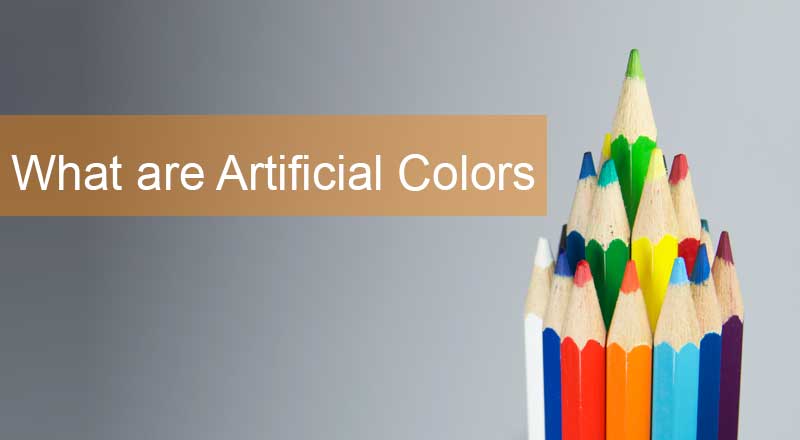Most Popular

Artificial colors are widely used in different types of products and items available in the market today. Right from nail polish, medications, toothpaste, food products and almost every other item today consists of artificial colors. In fact, our clothes, shoes, bed linens and carpets also consist of artificial colors or cosmetic colors that make them look more attractive and appealing. Read on to find out more about artificial colors and their usage.
Artificial Colors Defined
Artificial colors are basically a combination of seven artificial dyes that have been approved by the food authorities. These colors include Blue 1, Green 3, Blue 2, Red 3, Red 40, Yellow 6 and Yellow 6. Thus, the manufacturers can use certain combination of colors for creating cosmetic pigments depending upon their choice and preference. The artificial colors are basically sourced from a combination of different food dyes.
Reasons for Avoiding Artificial Colors in Food
It is no hidden secret that artificial colors consist of different types of chemicals that are usually extracted from petroleum based products. Thus, they can cause numerous health problems such as allergy problems, cancer and other behavioral changes. Some of the common problems caused by artificial colors include ADHD, Confusion, Eczema, Frustration, Hyperactivity, Itchiness, Mood Swings and Sleep Disturbances and Violent outbursts among other health issues. As a result, a number of European food manufacturing companies are not using artificial or cosmetic colors in their products.
Given the above scenario, an increasing number of food products manufacturing companies are now replacing artificial colors with natural or organic colors. In fact, in the U.S. alone around 40 percent of food and beverage manufacturers have replaced artificial colors with natural colors. These natural colors are extracted from organic or natural sources and are undoubtedly good for health. Consumers must therefore go through the labels on their food packets and products and find out whether the ingredients and colors used for making them are natural or artificial.